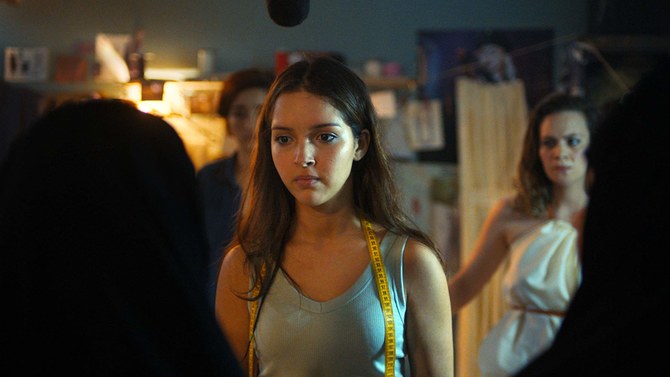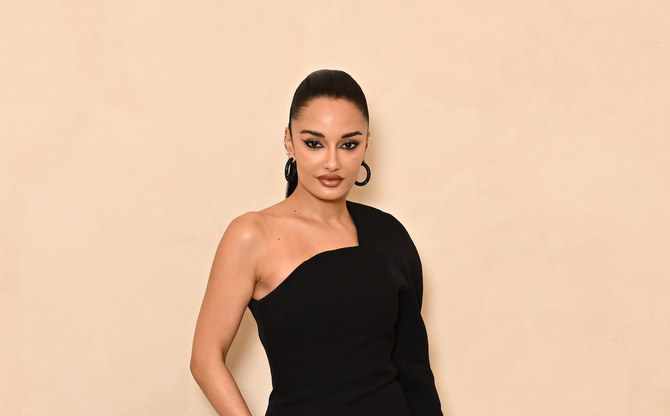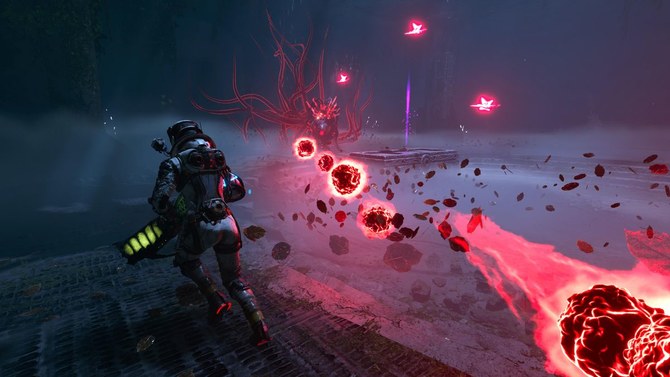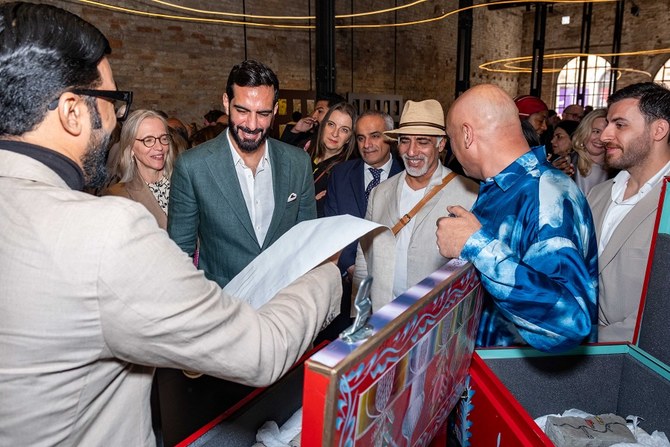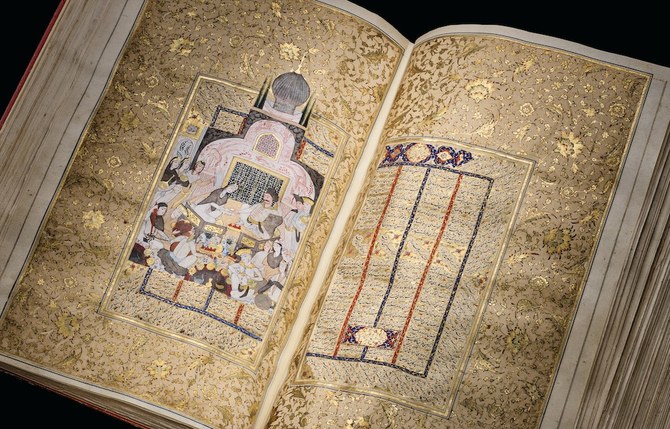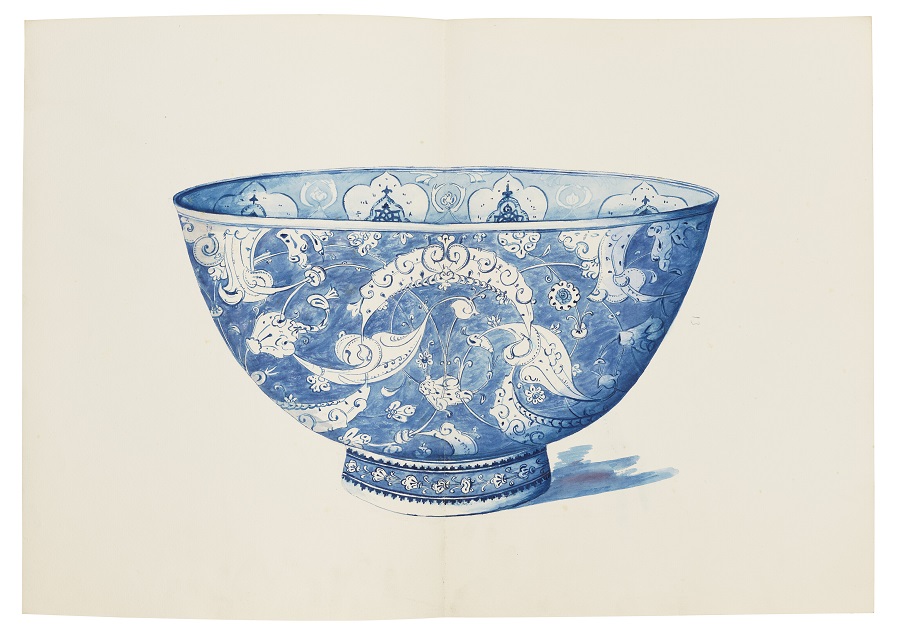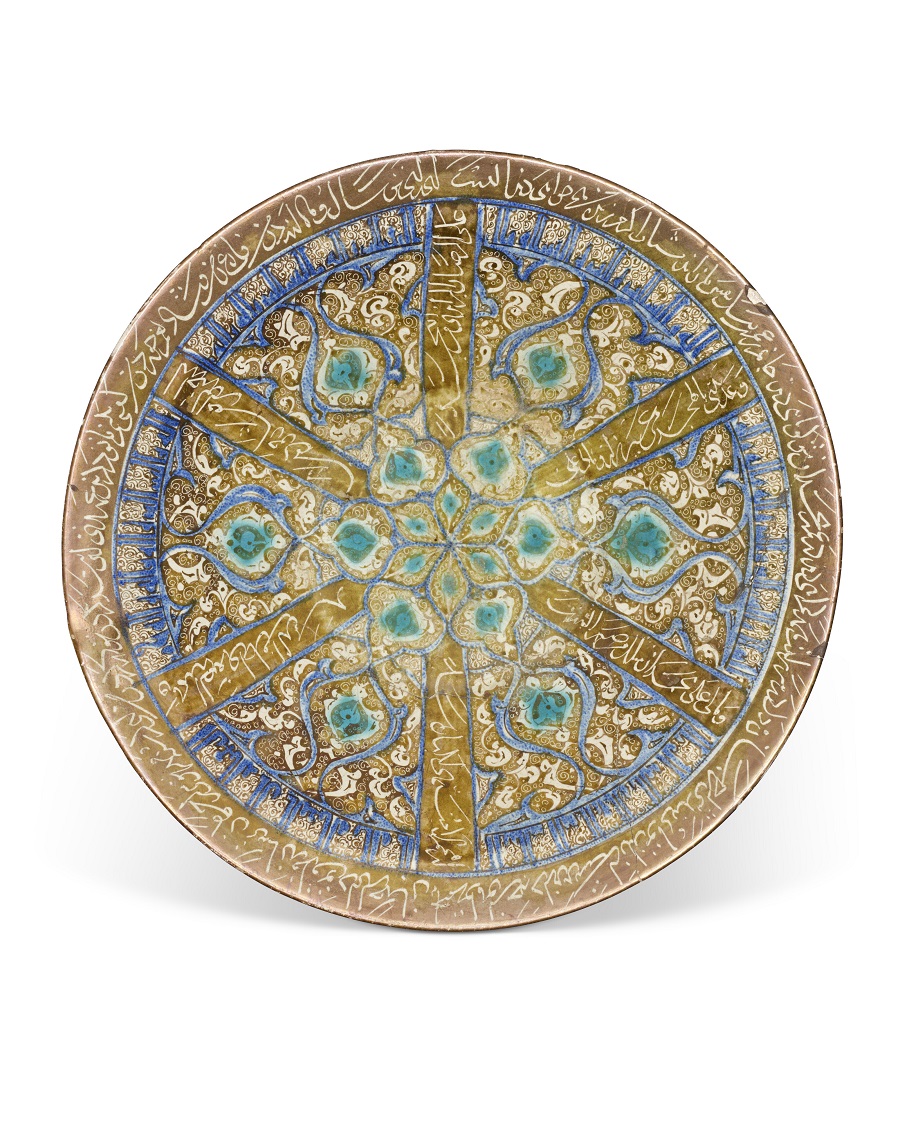CHENNAI: Some of the most haunting stories have been set against war and social turmoil. Margaret Mitchel’s “Gone with the Wind” threw up a passionate love story against the American Civil War, and “Casablanca” wove romance across Paris and Morocco as the Nazis wrought destruction. More recently, “Poland’s Cold War” painted the pain and angst of a pianist and a singer-dancer as they performed a heart-rending ballet during the cruel period.
Such societal disruptions push men and women on a path of not just love, but also rebelliousness. We see this in Mounia Meddour’s first feature, “Papicha” — part of the recent El Gouna Film Festival — a tale set during the black decade of the Algerian Civil War in the 1990s.
A gripping plot about an 18-year-old university student, Nedjma (Algerian-born French actress Lyna Khoudri), who is extremely keen on fashion. She loves to party, but when fundamentalist winds begin to sweep Algeria, and women find themselves pressured to change, Nedjma’s fun-filled days seem to be over. A bloody attack on her university campus leaves the teenager seething with anger, and her vivacious spirit transforms into a symbol of resistance. She decides to hold a fashion show. Her method may have been be colorful, but fiercely defiant in a country passing through suffocating conservatism.
Meddour said in an interview that her movie was semi-autobiographical. She lived in Algeria until she was 18, and studied at university there just like Nedjma. “There is a lot of truth in what I have shown in ‘Papicha’. Of course some aspects were included to give a dramatic effect. The terrorist attack on the university campus was one,” she said.
Although wonderfully acted by Khoudri, and featuring a strong performance from Shirine Boutella as Nedjma’s friend Wassila, the movie tends to whitewash some of the immensely disturbing events of the period. A kind of vacuum in the socio-political arena can be felt in “Papicha”. After an election debacle in 1991, in a fight between the state and radical groups, thousands of people were killed, and social liberalism began to evaporate. While the climax is not convincing enough, the contributions of costume designer Catherine Cosme and cinematographer Leo Lefevre as well as the imaginative use of black-and-white foreground in some scenes help lift the work to a memorable level.



